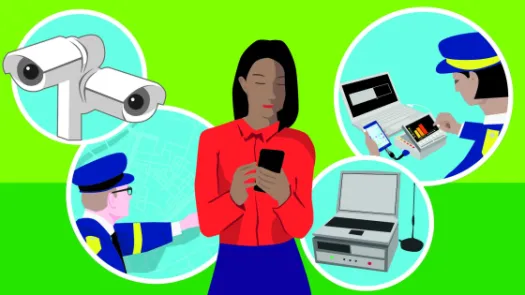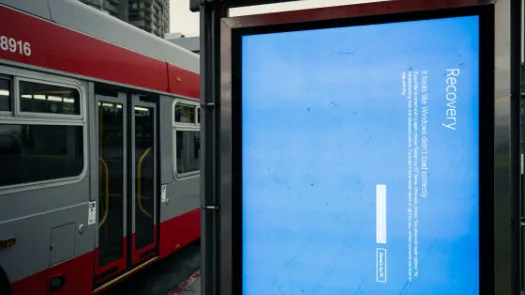UK Presidency of the EU proposes exporting British surveillance policies to Europe

The UK Presidency's first formal report, entitled 'Liberty and Security: Striking the Right Balance', was released today. It argues the case for new and expansive policies on communications surveillance, biometrics, travel surveillance, and CCTV. In fact, it promises to take UK policy failures to the European level.
Communications data retention
Despite having only a voluntary framework in UK law, the UK Presidency of the EU is pursuing mandatory data retention in a framework decision at the Council. The report argues that in terror investigations in the UK, half of all data requests are for data over six months old. In an effort to reduce industry opposition, the UK claims that retention only cost a certain mobile phone network 1.2 million euros for 12 months. It states that retention will not apply to internet data except for 'logs-on and logs off' though this is not clarified.
Biometric identity documents
The UK Presidency proposes biometrics as the natural technological evolution from photographs in passports. The report states: "To turn our backs on proven biometric technology, to ignore the use made of fingerprints, iris and digital photos by both government and the private sector would be to reject the twenty-first century." It refers optimistically to 'robust' technology, despite clear evidence from government studies showing significant failure rates, and suggests that biometric data be stored in a database to prevent multiple enrolments.
Travel surveillance
After a controversial battle with the US authorities, who demanded that European airlines hand over passenger name records (PNR), the UK seems to be coming round to the American way of thinking. The report calls for expansive use of Passenger Name Records across the EU in order to aid law enforcement and immigration control, and for this data to be mined to compare travel patterns with suspect profiles.



